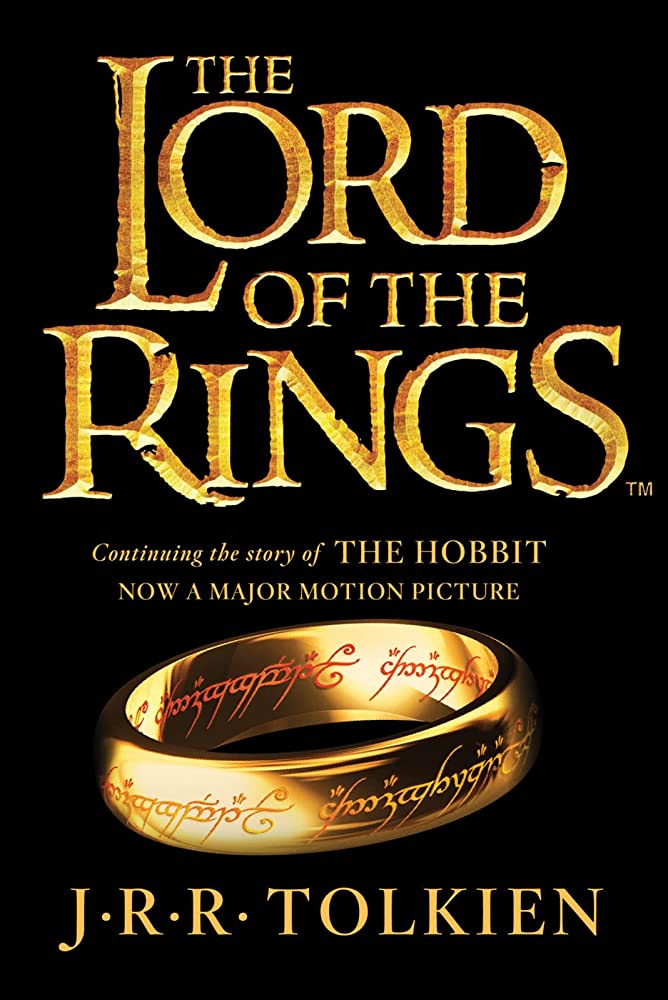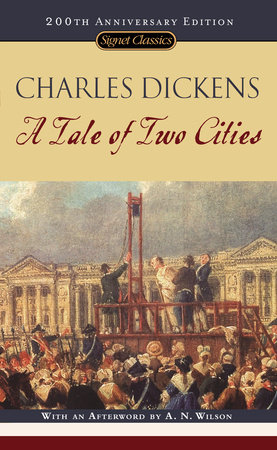The Lion, the Witch, and the Wardrobe: A Magical Tale of Adventure, Good versus Evil, and the Power of Redemption
“The Lion, the Witch, and the Wardrobe” by C.S. Lewis is a beloved children’s fantasy novel and the first published book in the Chronicles of Narnia series. Released in 1950, this enchanting tale takes readers on a thrilling journey into the magical world of Narnia, where talking animals, mythical creatures, and a timeless battle between good and evil await. In this essay, we provide a summary of “The Lion, the Witch, and the Wardrobe,” exploring its key plot points, memorable characters, and the underlying themes of courage, sacrifice, and redemption.
“The Lion, the Witch, and the Wardrobe” introduces readers to the Pevensie children: Peter, Susan, Edmund, and Lucy. During World War II, they are sent to the countryside to live with Professor Digory Kirke. While exploring their new home, Lucy stumbles upon a magical wardrobe that serves as a gateway to the enchanted land of Narnia.
Lucy’s siblings initially dismiss her claims about the existence of Narnia, but soon they too venture through the wardrobe and find themselves in a winter-bound land ruled by the White Witch, Jadis. Narnia is under her spell, trapped in eternal winter and devoid of hope.
As the children navigate the mysterious realm, they encounter talking animals, including Mr. Tumnus, a faun who befriends Lucy. They also learn of an ancient prophecy that foretells the arrival of two sons of Adam and two daughters of Eve who will ultimately defeat the White Witch and restore Narnia to its rightful glory.
However, Edmund, influenced by the Witch’s promises of power and recognition, betrays his siblings and aligns himself with the forces of evil. Edmund’s actions set in motion a series of events that lead to a climactic showdown between the forces of good and the oppressive rule of the White Witch.
With the guidance of Aslan, the wise and powerful lion who serves as the true ruler of Narnia, the Pevensie children embark on a perilous quest to save Edmund and bring an end to the Witch’s reign. Along the way, they face treacherous obstacles, encounter mythical creatures, and confront their own fears and doubts.
In the ultimate act of sacrifice, Aslan willingly offers himself as a substitute for Edmund, allowing the Witch to kill him in order to satisfy the demands of the deep magic. However, Aslan’s death and subsequent resurrection shatter the Witch’s power and unleash a newfound hope for Narnia.
United against the forces of evil, the Pevensie children, along with the creatures of Narnia, engage in a battle that culminates in the defeat of the White Witch. Aslan is crowned as the true king, and spring returns to Narnia, signaling the restoration of peace and harmony.
“The Lion, the Witch, and the Wardrobe” explores themes of bravery, selflessness, and the triumph of good over evil. The novel highlights the transformative power of courage and the importance of loyalty and forgiveness in the face of adversity. It also delves into Christian allegory, with Aslan representing Christ and his sacrifice symbolizing redemption and salvation.
“The Lion, the Witch, and the Wardrobe” is a captivating tale that transports readers to a world of magic, adventure, and moral lessons. C.S. Lewis’s timeless masterpiece continues to resonate with audiences of all ages, enchanting them with its memorable characters, richly imagined world, and enduring themes of courage, sacrifice, and redemption. Through the journey of the Pevensie children, readers


